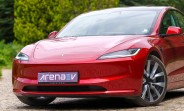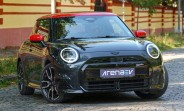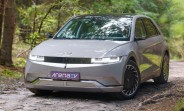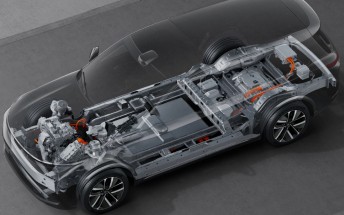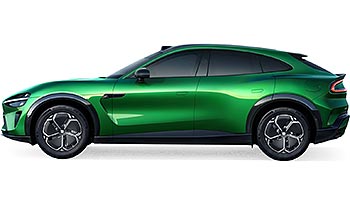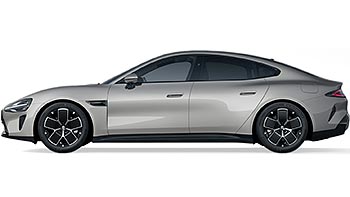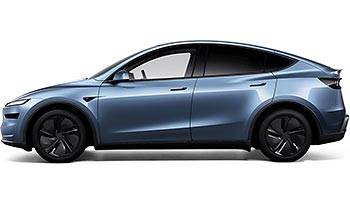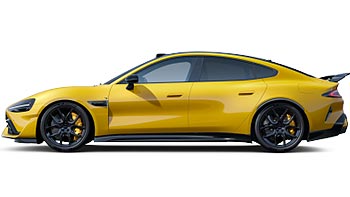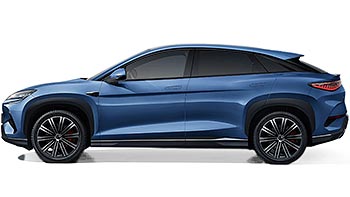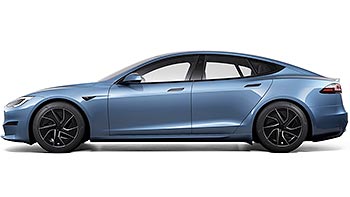Mirror cameras: The pros and cons
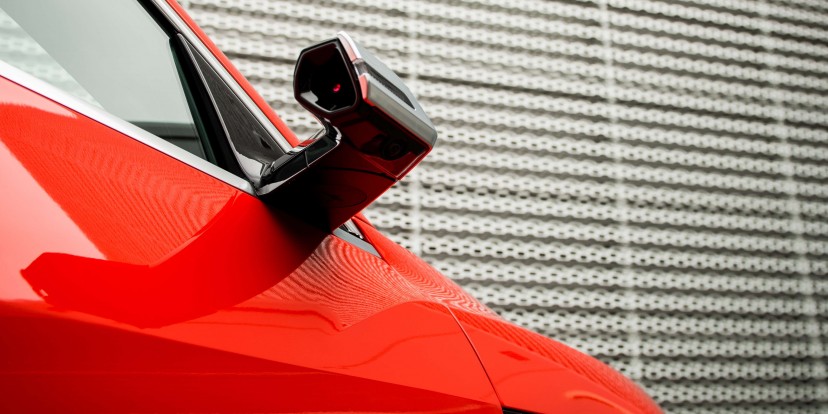
Replacing the regular old side mirrors with cameras has been one of the latest trends in modern car design. After a few notable concepts, such as the Volkswagen XL1, Audi finally took the plunge in 2019, announcing the Audi e-tron will offer mirror cameras as an option. In the same year, Honda announced all Honda E drives will include the side camera mirror system as standard.

Today the feature is becoming more and more popular - with the likes of Honda E and Hyundai Ioniq 5. One of the reasons mirror cameras aren’t even more widespread is that they aren’t street legal in the US yet. If mirror cameras get the nod from the US government though, they’ll become even more prevalent in EVs since some manufacturers, most notably Tesla, have been long-standing supporters of mirror cameras.
Mirror cameras increase range, but what else do they add?
The key advantage of mirror cameras is well known thanks to extensive marketing. They offer better aerodynamics and less wind noise since cameras are more compact than a regular mirror. That means better efficiency and an increase in the vehicle’s range. Honda claims that driving with mirror cameras provides a 3.8% improvement in efficiency and, in turn, range.
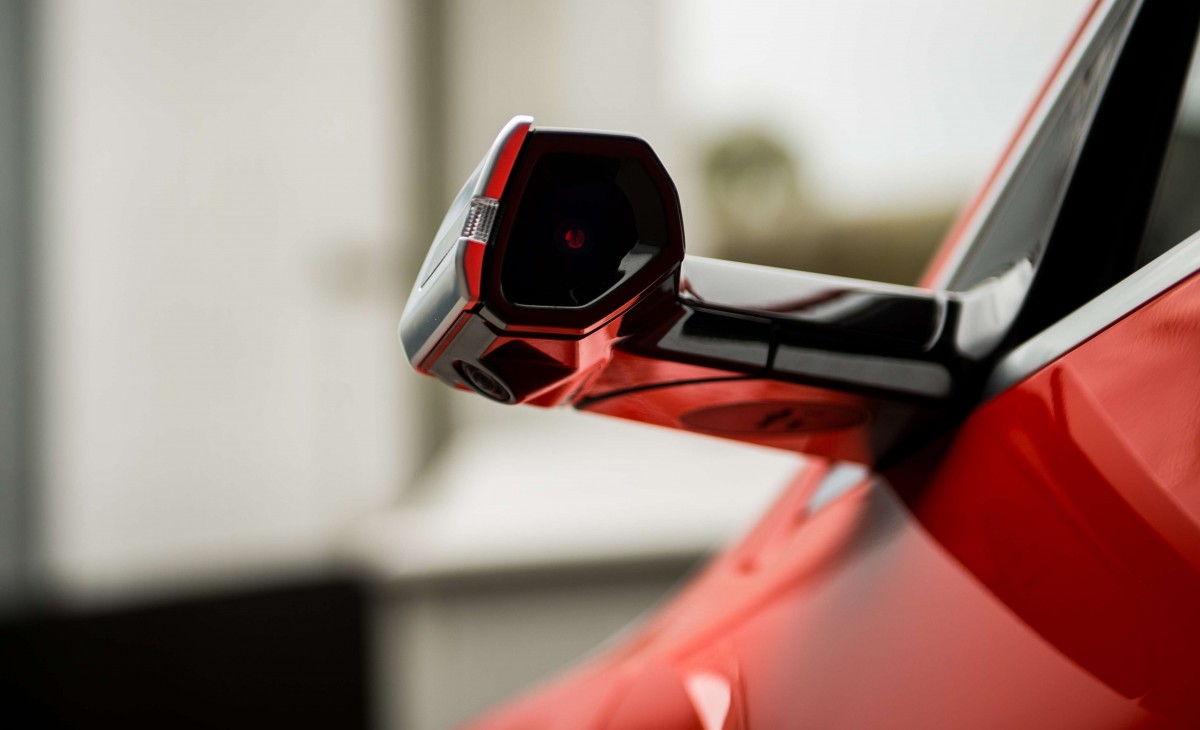
Another benefit is the elimination of blindspots since cameras have wide-angle lenses which provide a much better view of the road behind. Blindspots are perhaps the biggest hazard when it comes to side mirrors, so we welcome any solution that helps with that.
Mirror cameras can also show more detail in some cases, such as in dark places like tunnels or when parking at night in a bad light and bad weather. That’s because their exposure, ISO levels, and white balance can be adjusted unlike with conventional side mirrors which are exposed to the elements and where we can only rely on our eyes.
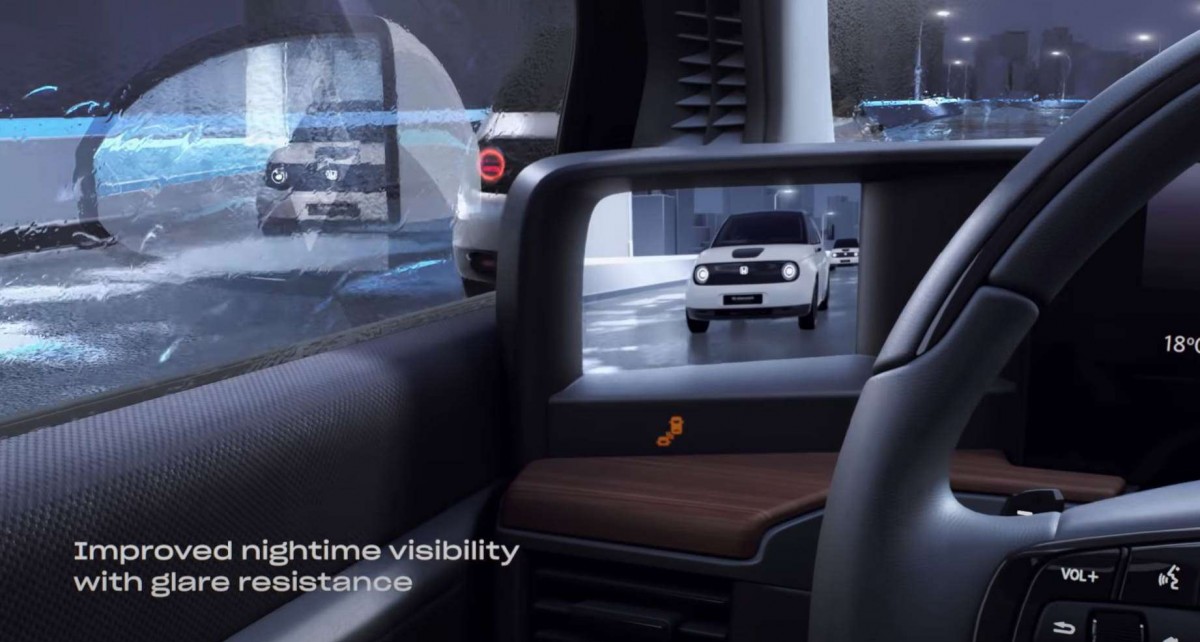
From the aesthetic side of things, mirror cameras offer a more minimalistic and futuristic look, which seems to fit the trend in EV design perfectly. Car designers would certainly love to see the old mirrors go, judging by all mirrorless car concepts we have been presented with through the years.
But what are the downsides?
Nevertheless, mirror cameras have some distinct disadvantages. They’re more expensive to buy and replace. Since cameras are more complex than simple mirrors, they’re more likely to malfunction, and replacing them is not as easy as swapping the broken mirror.
Cameras are less reliable not just when it comes to their durability - the footage they provide can still be grainy or blurry, especially in poor lighting conditions. They could serve drivers ill on a bright sunny day too, due to camera lens flare.
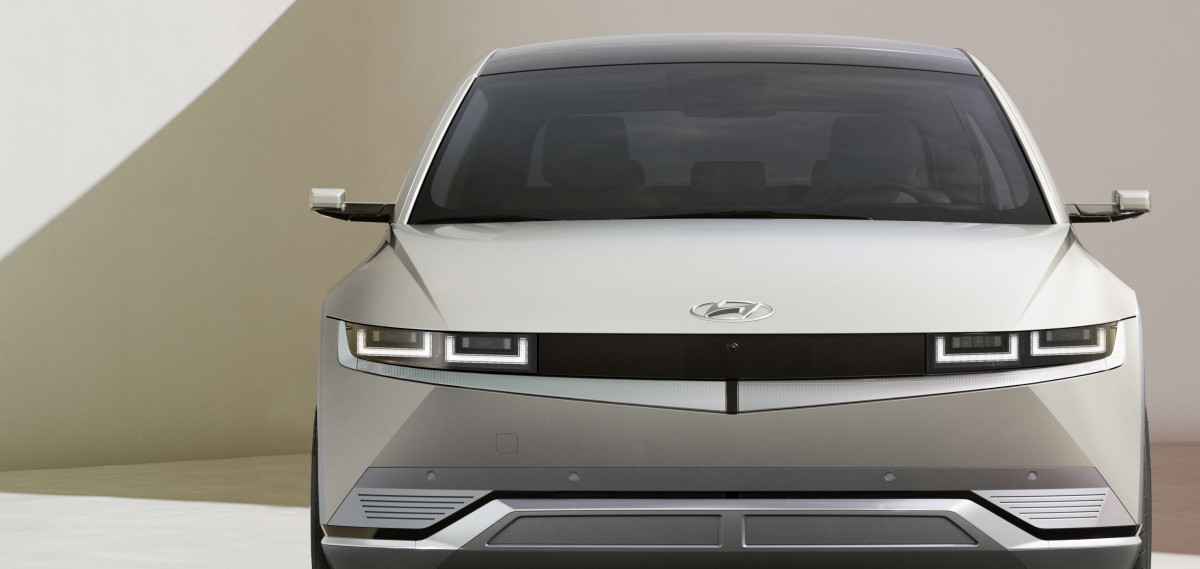
Another problem is display placement inside the vehicle. Most carmakers opt to put displays on the side doors, so they won’t break with driver habits to look sideways. Such displays could be potential distractions, especially if their brightness levels aren’t adjustable for nighttime driving.
A rarely discussed issue with mirror cameras is how inconvenient they can be for drivers with poor eyesight. A particular challenge is presbyopia or age-related farsightedness, which is the progressively worsening ability of the eye to focus clearly on close objects.

Mirrors, reflect the light already bouncing off of existing objects. Since the light has to travel from the object to the mirror and then to the driver, their eyes are still focusing on a faraway object. Any other existing defects to a driver's eyesight (myopia, hyperopia, or otherwise) apply in the same way. In contrast, a camera transmits images to a display, which is the object to focus on and it's much closer.
Even if a driver is using bifocals or progressive lenses, rapid focus changes are still challenging to the eye, especially at night since the top part of bifocals is meant for viewing distant, not close objects. A similar issue is with rearview mirrors replaced by screens - however strong glasses the driver is wearing, they can’t accommodate the quick focus change required since this is down to our eyes, not the glasses.
The rearview mirror is right between the short focus distance required for looking at the instrument cluster and the long focus distance for looking at the road. When we look into a classic rearview mirror the focal distance is the same as for looking at the road ahead. But when we look at the screen-type rearview mirror, our eyes need to adjust to another focal distance and it can be a problem for drivers with bi-focal glasses since neither of their lenses will help focus their eyesight.
Give us a choice
Ultimately, it’s important to remember that not all inventions work for everybody. We should be all-in for the development of new and better technologies to ease our driving experience. But for now, the advantages of mirror cameras only outweigh their drawbacks for certain types of people. So in the end it would be ideal if customers had a choice whether to use mirror cameras or not. Thankfully, most carmakers agree with us for now, but we hope they won't be tempted to streamline manufacturing at the cost of limiting our choice.
Related
Reader comments
- Madhu
Extreme condition like ❄️🌨️ snow and rain dependability matters
- 06 Jan 2025
- NEP
- Jon
Like old fashion mirrors
- 20 Sep 2024
- XWL
- brain
Nobody stops you to go and book another driving lesson and test every 2-3 years, even after you've got your driving license. It's your money and time anyway. Go be the first to do what you preach, and let us know in 20 years if you&#...
- 13 Sep 2024
- aj6




